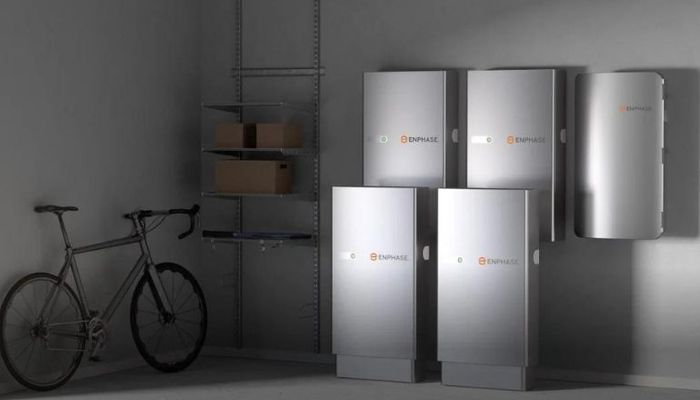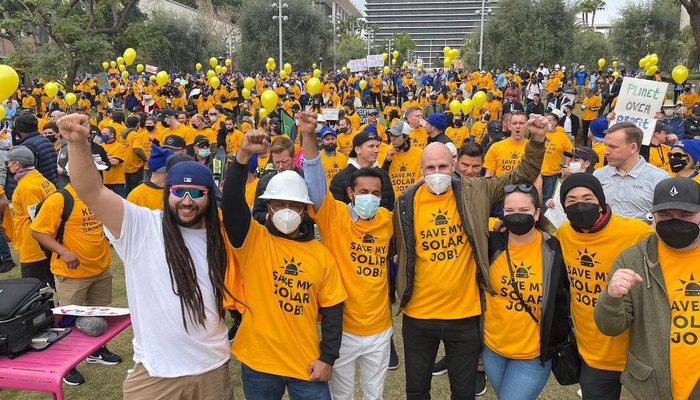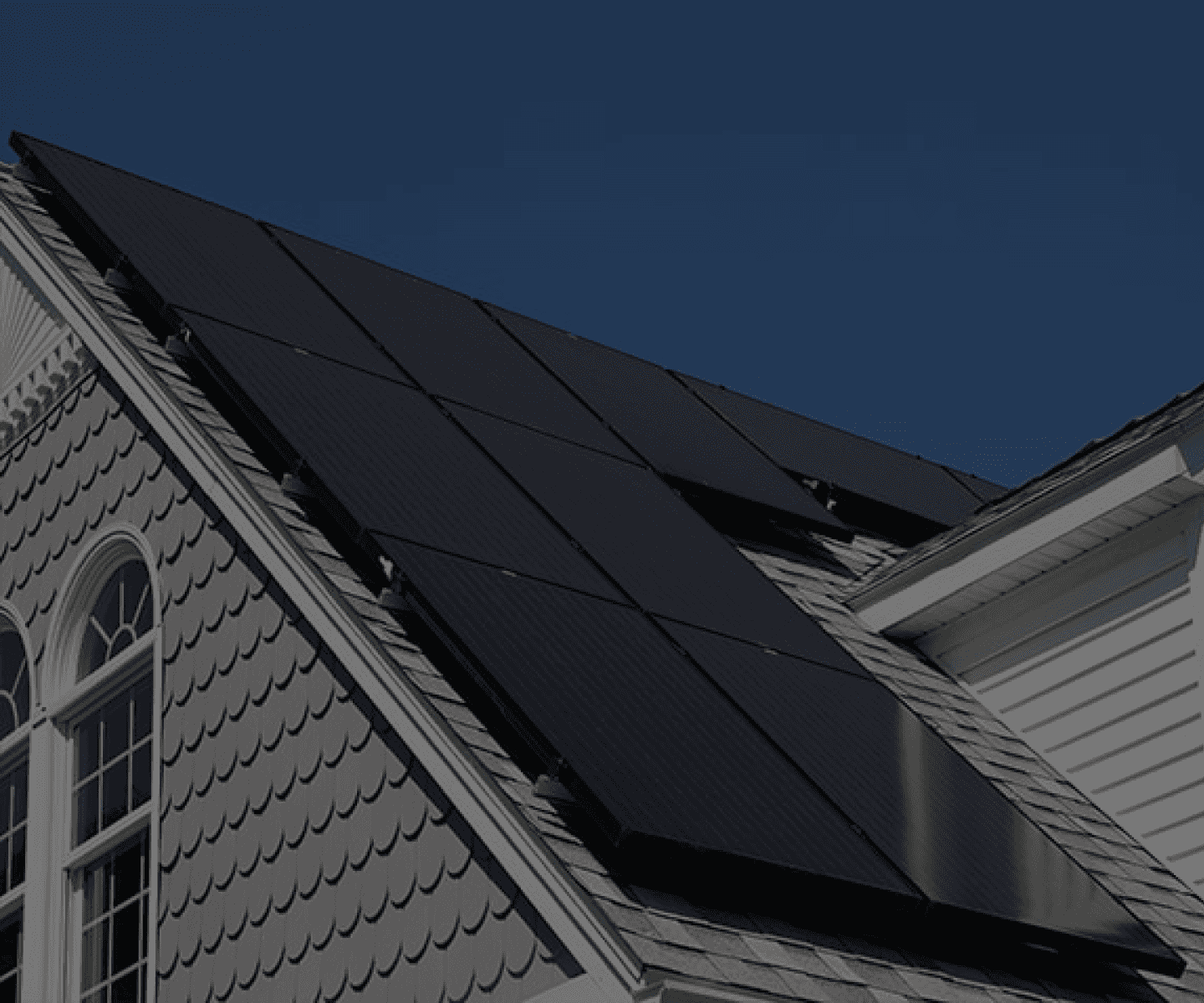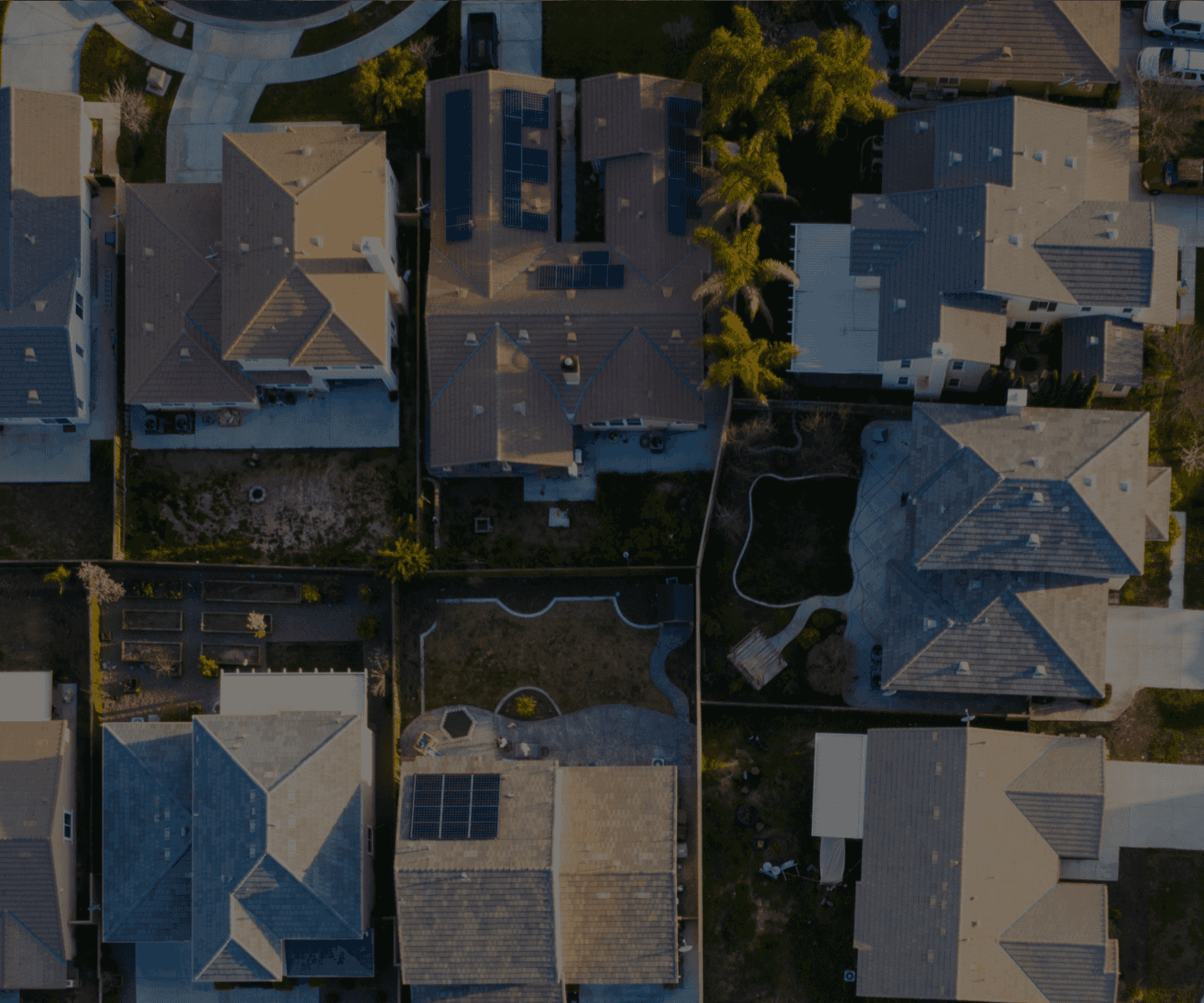Solar For Renters: How to Go Solar Even If You're Leasing

Installing solar panels is a great way to reduce your electricity bill and carbon footprint. But if you’re leasing or renting a home and want to go solar, what are your options? Although it can be less straightforward, switching to solar for renters is possible.
Even if you don’t own your home, you can still reap the many benefits of solar energy generation. Today we’ll go over four ways to start using solar power for renters.
Check With Your Landlord
If your rental home has adequate roof space, installing solar panels is possible. Your landlord may already be considering converting your leased property to a solar power system. If not, why not suggest it? Ask to meet with your landlord and bring up the benefits of installing rooftop solar panels, like:
- Homeowners can claim a 30% federal solar tax credit, plus many other local and federal solar tax credits.
- Installing solar panels will increase the property value.
- A solar power system generates long-term electricity with minimal maintenance.
- Solar panels lower electricity bills, providing a benefit for future tenants.
Consider a Portable Solar System
If you cannot convince your landlord to install a solar system, portable solar panels are another possibility.
When you think of a solar power system, you’re probably thinking about huge solar panels installed on a rooftop. But there are many types of solar panel systems available, including portable systems. Portable solar kits come in many sizes, and you can set them up pretty much anywhere with sun exposure.
Portable solar systems can efficiently work in an apartment or rental property. For example, you can set up small solar kits on balcony railings, window sills, and even banisters. You can also connect the system to a battery to store extra electricity generated during the day and use it anytime you want.
Unfortunately, portable solar panels generate less power than traditional rooftop or ground-mounted solar power systems. A portable solar system typically produces 0.3 to 1.5 kWh of electricity per day, just enough to operate some small appliances and recharge electronics. This means that you will still need to rely on the electricity grid to power the rest of your home.
Note: Some rental agreements expressly prohibit certain solar installations, including portable systems. Better safe than sorry — always check with your landlord before starting any solar project.
Try Community Solar
Although portable solar power kits offer flexibility to eco-conscious renters, they might not be the most cost-effective option. Community solar projects enable you to invest in utility-grade installations that could help you save on your electric bill.
Community solar is sometimes known as roofless solar, a solar garden or shared solar. Participants pay for a share of a solar installation, which generates electricity. The power generated by the system is distributed to the electricity grid, and the local electric utility uses virtual net metering to reduce contributors’ utility bills.
Joining a community solar project is an excellent alternative to installing your own solar power system because it spreads the cost of installation among multiple contributors. Simply put, the more people who pay for the project, the lower the cost per person. Overall, a large-scale solar project with more efficient installation and lower equipment costs is more cost-effective than a portable household system.
Unfortunately, community solar projects are only allowed in certain states, so they might not be available in your area.
Purchase Green Power
If you can’t add a solar system to your home and no community solar projects are available nearby, consider purchasing green power. According to the EPA, green power is a form of renewable energy that provides substantial environmental benefits. Unfortunately, although many types of renewable energy are available, some of them still negatively impact the environment.
Solar is considered a green power source, along with wind, geothermal, hydropower, and biogas. There are two ways you can purchase green power for your home.
RECs
More commonly known as RECs, Renewable Energy Certificates verify that your home’s electricity comes from a renewable source. A REC is issued when one megawatt-hour (MWh) of electricity is generated from a renewable energy source and distributed to the electric power grid (the average household uses around 11 MWh of electricity each year for reference).
With RECs, consumers and businesses can purchase renewable power. But there’s no way to distinguish the exact source of electricity once it’s in the grid. Once purchased, RECs can be used to prove that you used a certain amount of renewable energy instead of electricity generated from nonrenewable sources like coal or natural gas. Essentially, RECs precisely track green power from when it’s generated to when you use it.
Learn more: Everything You Need to Know About SRECs
Green Power
Many utilities offer green power options, known as green rate plans or green pricing. Green pricing allows consumers to pay a small premium for electricity generated from renewable energy. This guarantees that some, if not all, of a household’s energy usage comes from certified renewable energy sources.
Although green rate plans don’t exactly save money, they’re a reliable way to power your home with renewable energy for consumers who want to reduce their carbon footprint.
Reach Out to GoGreenSolar For More Information
Switching to solar might seem out of reach if you don’t own your home. But going solar for renters is much easier than you think.
From portable solar panels to community solar and green power, renters have several great options that can help them lower their power bills and carbon emissions.
If you have more questions about solar energy or feel ready to take the next step in your solar journey, contact the experts at GoGreenSolar to get started. As industry veterans, we can help you with the most up-to-date information and tips, so you can decide if solar is right for you. You can also take our system design quiz for a personalized recommendation.






